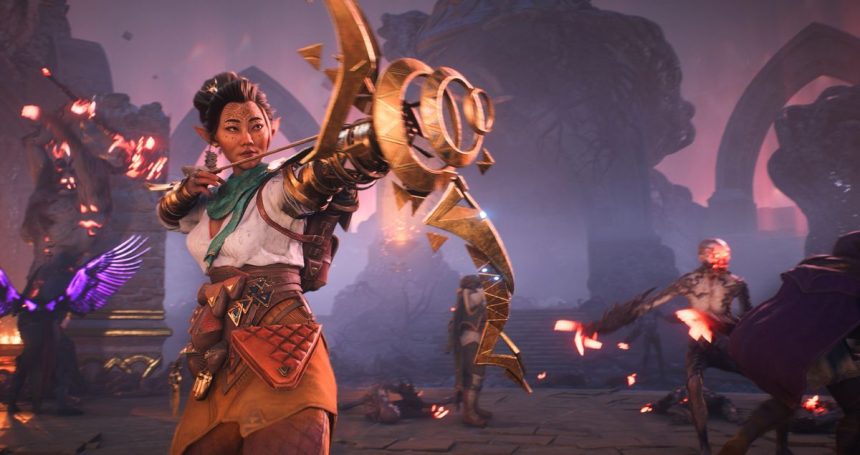The release gap between Dragon Age: Inquisition and Dragon Age: The Veilguard has spanned a significant ten years, making fans wait an entire decade for the next installment in the franchise. This gap is especially notable given that the first three entries were released in less than half that time.
While the new game The Veilguard showcases improvements and reflects changes in industry trends, there is one glaring omission that stands out to long-time players: the absence of an official strategy guide. In previous years, such guides were a staple for complex RPGs, offering players detailed assistance and enhancing the gaming experience.
Over the past decade, the gaming industry has evolved in many ways, affecting everything from narrative themes to combat mechanics and replayability. These changes are evident in The Veilguard and align with broader shifts in gaming preferences.
However, one of the most noticeable changes for veteran players is the near disappearance of official physical strategy guides. These guides, once common for major releases, were invaluable resources for tackling complex games, providing structured support that helped players dive deeply into a game’s world, story, and mechanics.
Years ago, publishers like Prima Games and BradyGames produced physical strategy guides that were often launched alongside games. For RPG players, in particular, these guides were more than simple walkthroughs; they included in-depth stats, puzzle solutions, optimal build paths, and meticulously crafted maps.

The writer acknowledges the irony of missing physical guides while currently working for a site that provides online game guides. While digital guides are still widely available and serve a similar purpose, the scale and dedicated support that physical guides offer are now rarely matched by digital alternatives.
The writer reflects on the appeal of physical strategy guides, noting the unique satisfaction of having a tangible book open while playing through tough sections.
Although digital guides can offer quick access to information, they don’t replicate the immersive feeling of holding a large guidebook, flipping to the right page, and keeping it close during challenging encounters. There’s also a sentimental connection to physical media, whether it be books, DVDs, or game guides, that evokes nostalgia and a sense of permanence that digital guides lack.
Ultimately, the writer admits that what they miss most about official strategy guides is the certainty and authority they provide. Physical guides offered a sense of completeness, free from the changes and optimizations required by online content that must stay competitive in search engines.
Unlike websites, a physical guide was static, reliable, and meticulously designed to be helpful. While digital guides remain a helpful tool, they lack the simplicity and lasting quality of their physical predecessors, a loss that feels more profound as the industry moves away from producing them.







